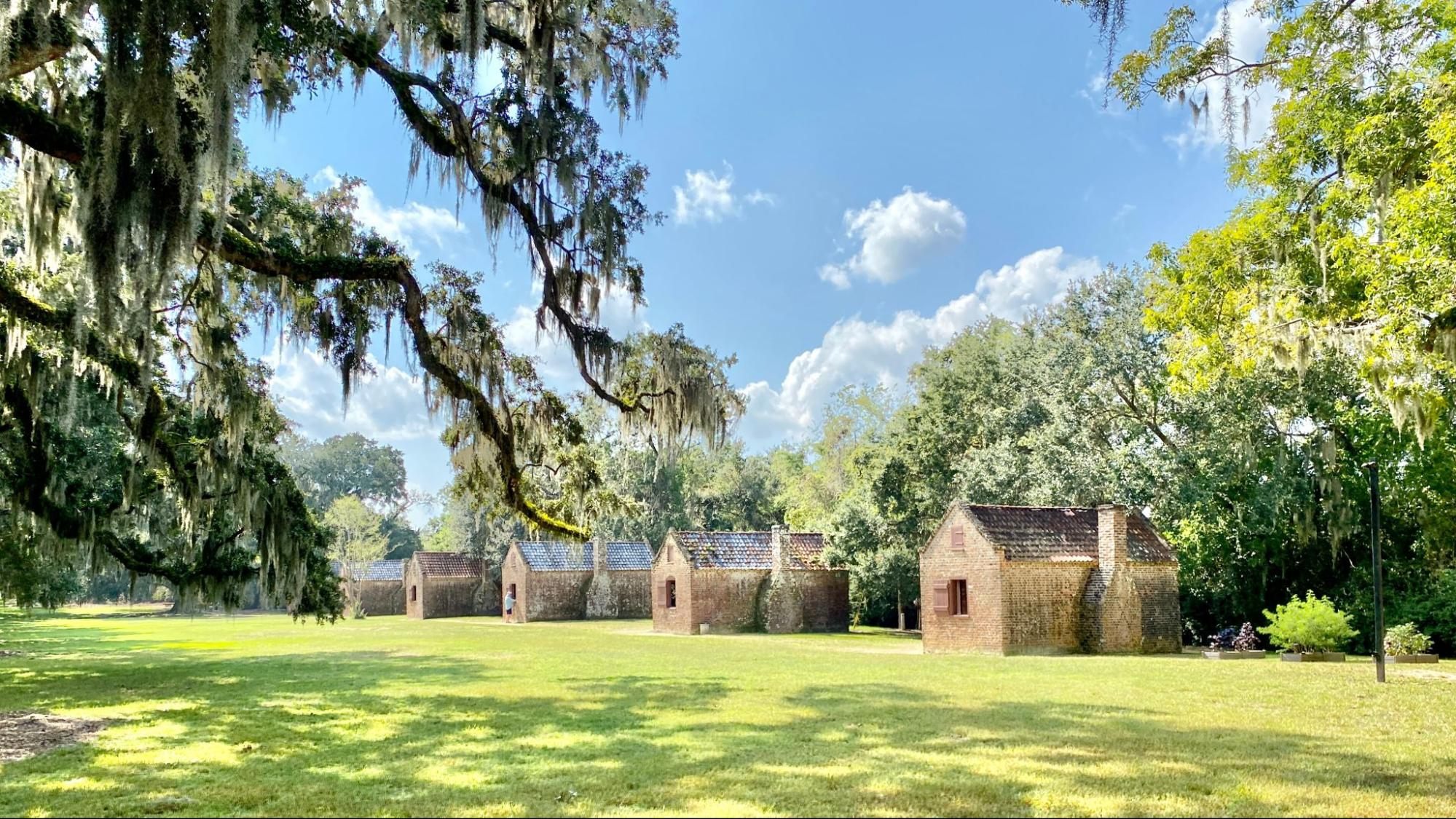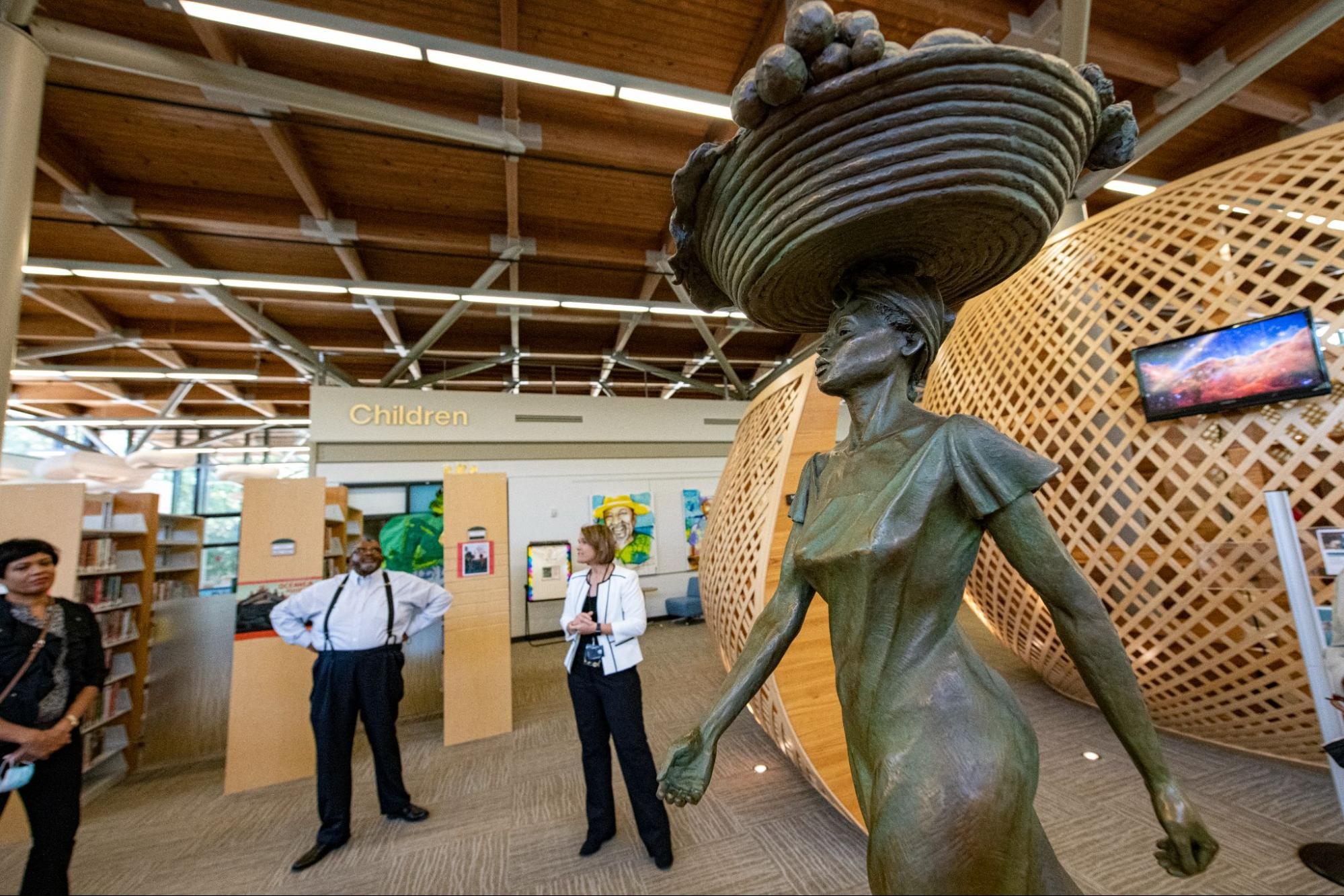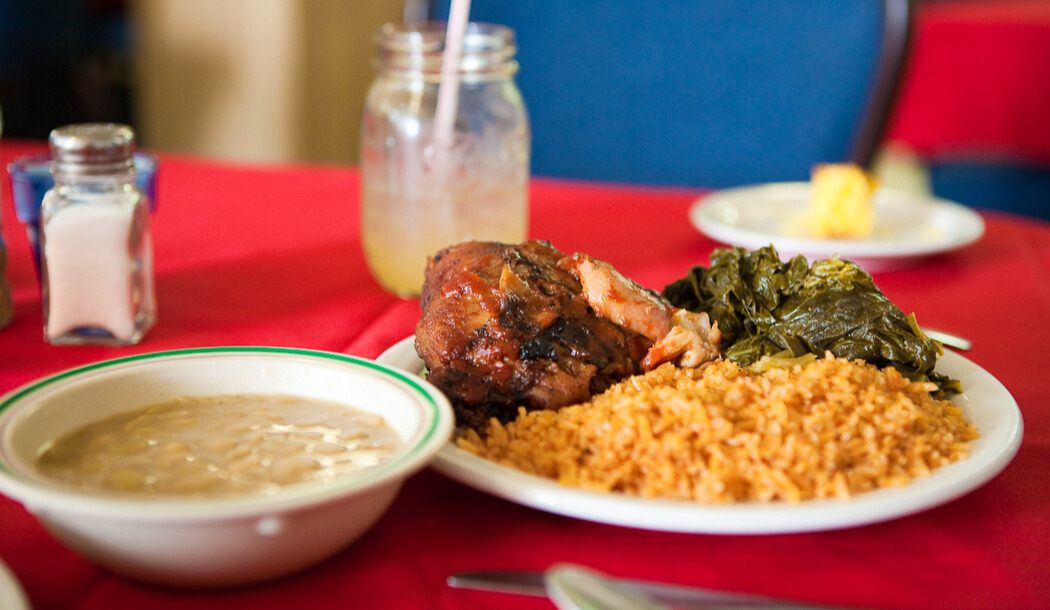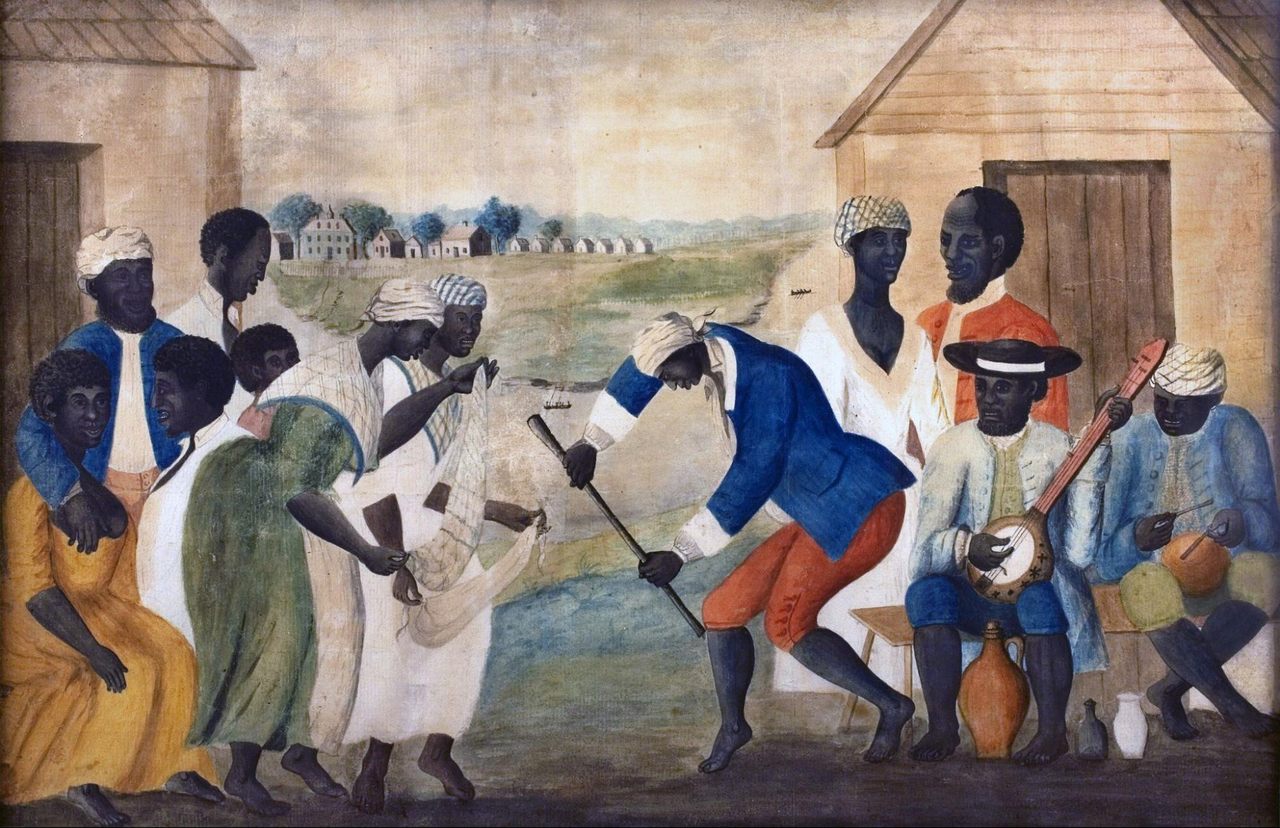The Unique Gullah Geechee History of South Carolina
And where to experience Gullah culture across the Lowcountry today.
While you may not have visited the Gullah Geechee of South Carolina, you’ve surely experienced them. If you’ve ever eaten gumbo, sang “kumbaya,” or sat on a front porch painted blue, you are living Gullah legacy and carrying on African traditions that survived the unlikeliest of conditions into the modern day. “Our culture continues to influence American culture,” says Janette Rodrigeus, curator of the Gullah Museum of Georgetown. “People just don’t know where it comes from.”
Populating the southeastern coastline from Jacksonville, North Carolina to Jacksonville, Florida, the Gullah Geechee are the descendants of enslaved West and Central Africans whose retention of African heritage, culture, and foodways is unmatched anywhere on earth. And while their story can be appreciated in museums like those curated by Rodrigues, the impact of the Gullah community can also be experienced in the food, arts, and the very landscape of South Carolina still today.
The first enslaved Africans were brought to the “Lowcountry” in the 1600s, and they had a very specific expertise desired by British colonists. “My ancestors were skilled laborers,” says Rodrigues. “They took stolen knowledge, stolen skills.” Taken from what was then called the “Rice Coast” (from Senegal to Liberia and inland), these men and women were forced to apply their vast knowledge of African rice cultivation (and to a lesser extent, indigo and cotton) to the North American coastline. In time, they built complex irrigation and dam systems throughout the Lowcountry, converting 236,000 acres of ancient maritime forest into lush rice fields. “When you drive down 17 through South Carolina, you see these wide expanses of marsh grass—they’re beautiful, and they go on forever. Those are literally the footprint of the rice plantations,” says Rodrigues. Throughout the 1700s, South Carolina became one of the leading global exporters of rice, thanks to the knowledge and labor of enslaved Africans. And while the conditions of this enslavement across the Lowcountry were typical in many ways, several unique factors helped a singular culture emerge from these particular plantations.

Isolation was key. Geographically speaking, rice farming was done along the immediate coast and islands, much of which being, at the time, only accessible only by boat. “Nobody wanted to live on those isolated islands except us,” says Rodrigues. Furthermore, before the advent of air conditioning and bug spray, the muggy, buggy coastline was hostile to plantation owners’ living standards. “They were from Europe—hot and humid, Europeans didn’t do that,” says Rodrigues. “They were also afraid of getting malaria, a death sentence in those days.” Of course, native to an ecologically similar coastline across the Atlantic, the enslaved arrived with immunity. And finally, with the growing season between March and October, plantation owners vacated for cooler climes, leaving the enslaved physically isolated with little to no supervision beyond a handful of undereducated and outnumbered overseers. “You couple all these factors together and…you could still practice your African way of life on these plantations,” says Rodrigues.
While the enslaved hailed from scattered regions across West and Central Africa, they found common ground in the Lowcountry. An English-based Creole called Gullah emerged. “It’s very fast, it’s staccato, like the languages you hear spoken in West Africa,” says Rodrigues. While it’s today considered an endangered language, there are still hundreds of speakers throughout the Gullah Geechee Cultural Heritage Corridor. A coherent Gullah culture also calcified around percussive music and dance, traditional sweetgrass basket-weaving, a seafood-based diet, fables involving “haints” and “boo hags” and other forms of worship. Rodrigues points to burial traditions in particular: “the belief was that the water brought us, and the water will take us away, so it was easier for the spirit to return home to Africa if it was buried near a body of water facing east.”

If the arrival of the Union Navy at the onset of the Civil War was a surprise to plantation owners (few bothered to pack or evacuate prior to their arrival), it was a boon to the Gullah Geechee. In the Great Skedaddle of 1861, planters promptly abandoned their plantations, leaving their mansions to be converted into military barracks. The Gullah were among the first formerly enslaved Africans to see freedom. While some served in the Union Army’s First South Carolina Volunteers, others bought the farms on which they were previously enslaved for pennies on the dollar at delinquent tax sales. A deed system called “heir’s property” was instilled, whereby the descendants of the initial landowner inherited an equal share of the property. Excluding the inheritors’ names from each deed made it difficult for former plantation owners to know exactly who to sue for land reclamation at war’s end, ensuring Gullah land remained in the family for generations.
Unfortunately, the ensuing centuries saw the rice industry decline and a considerable amount of land once owned by Gullah sold to developers, but their distinct culture can be experienced today throughout the Lowcountry. Gullah cuisine can be tasted in long-loved establishments from Buckshot’s Restaurant in McClellanville to Gullah Grub on St. Helena Island; sweetgrass basket-weavers can be seen at work in the Charleston City Market, itself one of the oldest commercial spaces in the country; and the work of Gullah artists can be seen in places like Charleston’s Gallery Chuma. Of course, there’s much to be gleaned from curated experiences like those at Rodrigues’ Gullah Museum of Georgetown, the Gullah Museum of Hilton Head Island, and the Gullah Geechee Heritage Trail.

While the environmental conditions that allowed Gullah Geechee culture to flourish along coastal Carolina were by chance, the fact that the culture and people have survived into the modern day is a testament to their will. “Our people survived the Death March to the slave forts of Africa, they survived the Middle Passage, and they survived centuries of generational enslavement,” says Rodrigues. “The story of the Gullah Geechee is one of perseverance, of resiliency and determination.”
This post is sponsored by Discover South Carolina. Click here to explore more.




































Follow us on Twitter to get the latest on the world's hidden wonders.
Like us on Facebook to get the latest on the world's hidden wonders.
Follow us on Twitter Like us on Facebook